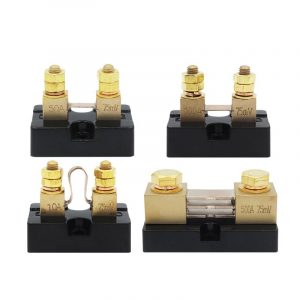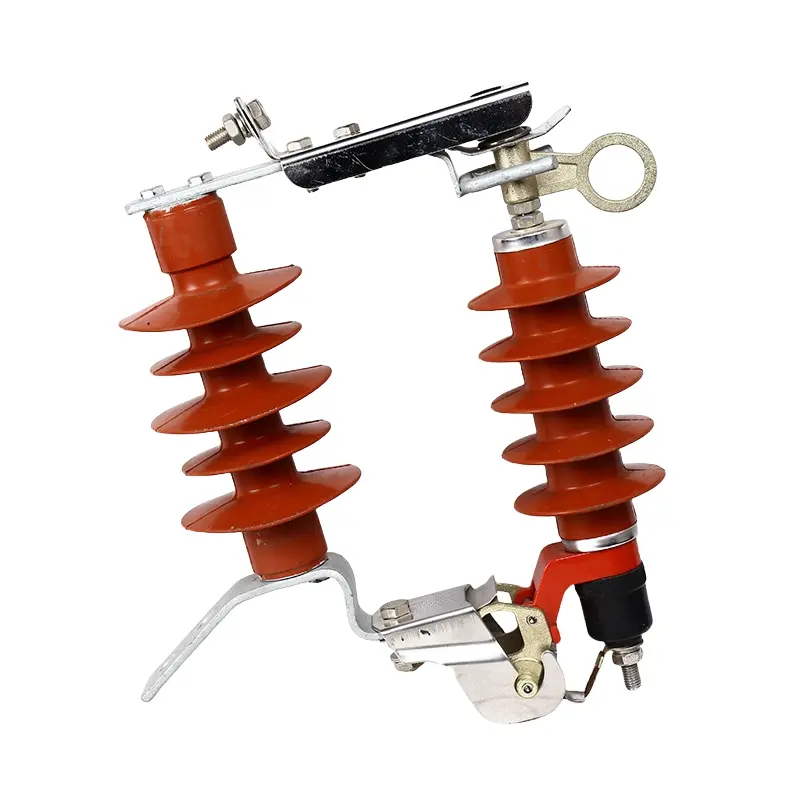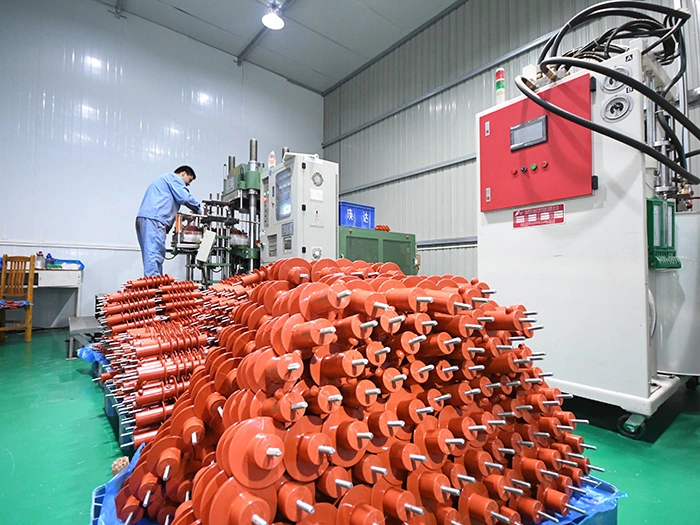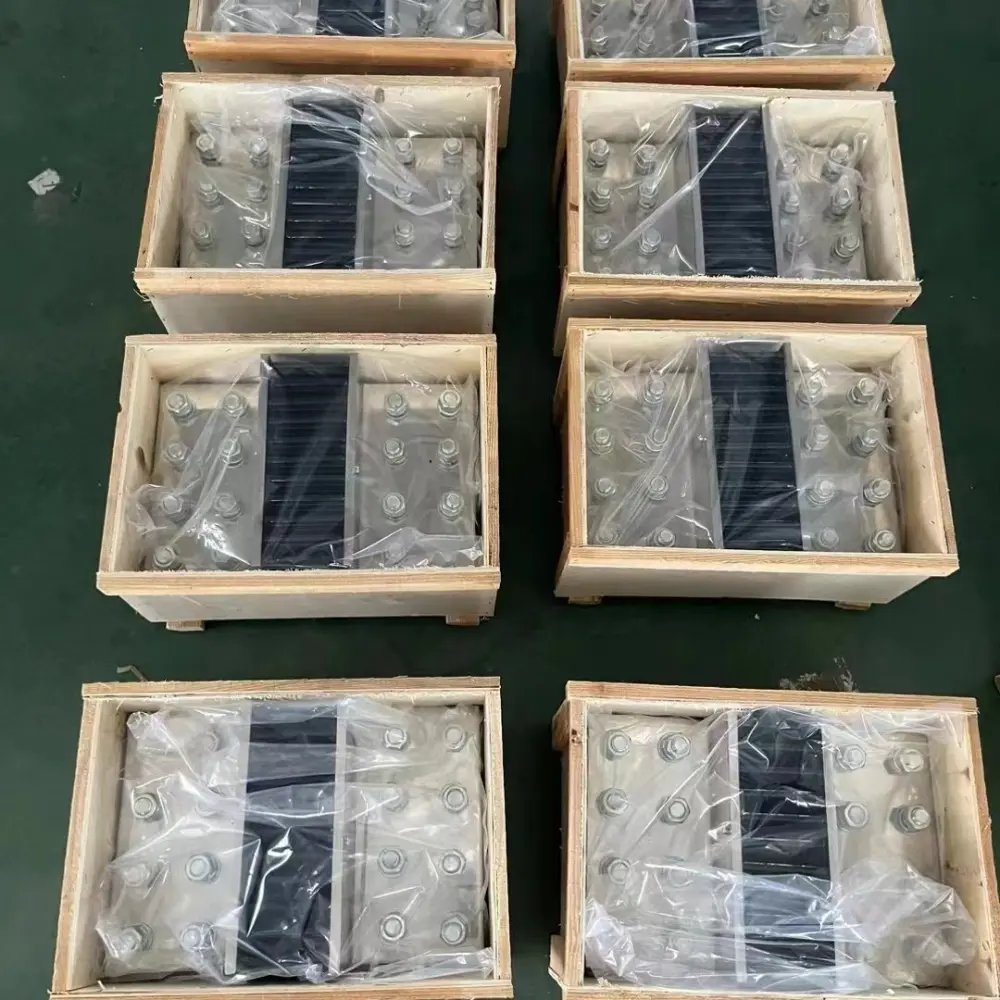Selecting the right DC shunt is crucial for ensuring the optimal performance and safety of your electrical equipment. A DC shunt, a small but significant component, plays a vital role in accurately measuring electrical currents by creating a low-resistance path in a circuit. This blog will delve into the importance of choosing the correct DC shunt, explore what a DC shunt is, and discuss key factors to consider to match your specific equipment requirements. Whether you’re an engineer, technician, or hobbyist, understanding these elements will help you make informed decisions that enhance the efficiency and longevity of your systems.
Understanding DC Shunts
 A DC shunt, also known as a current shunt resistor, is an electrical device that creates a low-resistance path for current to flow, allowing for precise current measurement. By measuring the voltage drop across the shunt, one can determine the current passing through it, according to Ohm’s Law (V = IR). This makes DC shunts indispensable in various applications, from industrial equipment and automotive systems to renewable energy installations and laboratory instruments.
A DC shunt, also known as a current shunt resistor, is an electrical device that creates a low-resistance path for current to flow, allowing for precise current measurement. By measuring the voltage drop across the shunt, one can determine the current passing through it, according to Ohm’s Law (V = IR). This makes DC shunts indispensable in various applications, from industrial equipment and automotive systems to renewable energy installations and laboratory instruments.
DC shunts are typically used in the following applications:
- Battery Management Systems: Monitoring and managing the charge and discharge cycles of batteries.
- Power Supplies: Ensuring accurate current readings for power regulation and monitoring.
- Electric Vehicles: Measuring current flow in traction systems and battery packs.
- Renewable Energy Systems: Monitoring current in solar panels and wind turbines for efficient energy management.
- Instrumentation: Providing precise current measurements in laboratory and industrial testing equipment.
Understanding the basic function and applications of DC shunts sets the foundation for selecting the right one for your needs.
Key Factors to Consider
Current Capacity
One of the most critical factors when choosing a DC shunt is its current capacity. The shunt must be able to handle the maximum current expected in your application without overheating or losing accuracy. Shunts come in various ratings, typically ranging from a few milliamps to several thousand amps. It’s essential to select a shunt that not only meets but slightly exceeds your maximum current requirements to ensure reliability and longevity.
Voltage Drop
The voltage drop across a DC shunt is another important consideration. This drop should be minimal to prevent significant power loss and ensure accurate measurements. Standard voltage drops are usually in the range of 50 mV to 150 mV. A lower voltage drop shunt is generally preferred as it minimizes energy dissipation, but it must still provide a measurable output for your instrumentation.
Precision
Precision or accuracy of the DC shunt is crucial, especially in applications requiring high accuracy in current measurement. Precision is often defined in terms of tolerance, which is the allowable deviation from the specified resistance value. High-precision shunts are designed with low tolerance levels, typically within ±0.1% or better, ensuring that the current readings are as accurate as possible.
Size and Material
The physical size and material of the shunt affect both its performance and suitability for different environments. Smaller shunts are preferred in compact devices, while larger shunts are necessary for high-current applications to dissipate heat effectively. The material, often a combination of manganin, copper, and other alloys, influences the shunt’s resistance stability, thermal coefficient, and durability. Manganin, for example, is chosen for its low temperature coefficient of resistance, ensuring stable performance across a wide temperature range.
Matching Your Needs
Tailoring your DC shunt selection to your specific equipment requirements involves considering the unique demands of your industry and application. Here are some examples of different industry needs and suitable shunts:
Automotive Industry
In the automotive industry, particularly in electric vehicles (EVs), DC shunts are used to monitor battery packs and traction systems. These applications require shunts with high current capacity, low voltage drop, and high precision to ensure accurate monitoring and safety. A typical automotive application might need a shunt rated for hundreds of amps with a low thermal coefficient to handle the high currents and temperatures.
Renewable Energy
For renewable energy systems, such as solar panels and wind turbines, the emphasis is on shunts that can handle variable currents and provide precise measurements for energy management. These shunts need to be robust and reliable, with high precision to maximize energy efficiency and output. Shunts used in these environments must also withstand outdoor conditions, requiring durable materials and protective coatings.
Industrial Equipment
Industrial equipment often operates under harsh conditions and requires shunts with high durability and stability. These shunts must handle high currents, have minimal voltage drop, and provide precise measurements. In such settings, shunts with rugged construction and high thermal capacity are essential to ensure long-term reliability and accuracy.
Laboratory Instruments
Laboratory instruments demand the highest precision in current measurement. Shunts used in these applications need to have extremely low tolerance levels and minimal thermal drift to provide accurate and repeatable measurements. Often, these shunts are integrated into sensitive electronic testing equipment, requiring the utmost reliability and precision.
Conclusion
Choosing the right DC shunt for your equipment is a critical decision that impacts the performance, efficiency, and safety of your systems. By understanding the basic functions of DC shunts, their common applications, and the key factors to consider—current capacity, voltage drop, precision, size, and material—you can make informed choices tailored to your specific needs. Remember, consulting with experts and leveraging their insights can further ensure that you select the most appropriate shunt for your application, ultimately enhancing your equipment’s performance and reliability.





